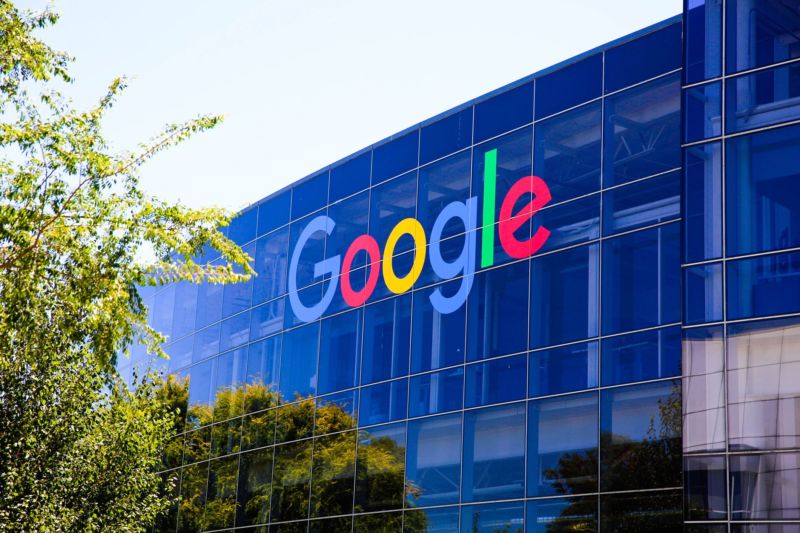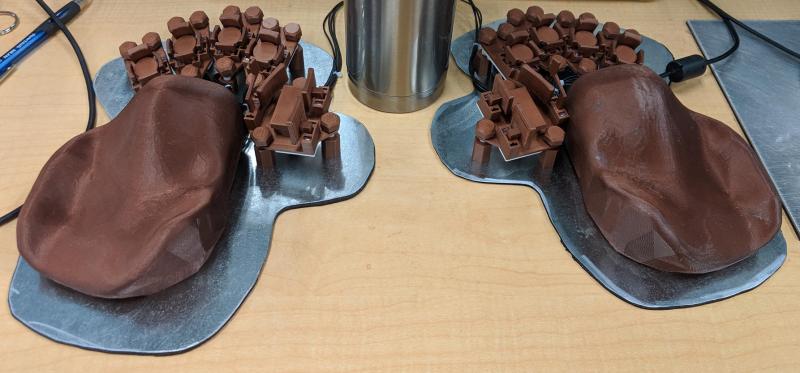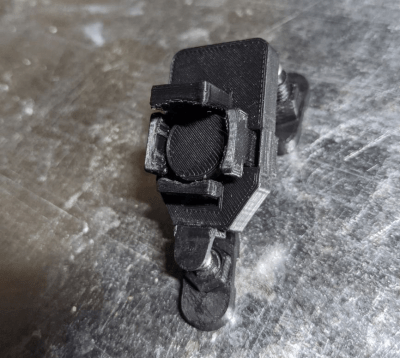Source: Schneier on Security
According to Wired, Signal is adding support for the cryptocurrency MobileCoin, “a form of digital cash designed to work efficiently on mobile devices while protecting users’ privacy and even their anonymity.”
Moxie Marlinspike, the creator of Signal and CEO of the nonprofit that runs it, describes the new payments feature as an attempt to extend Signal’s privacy protections to payments with the same seamless experience that Signal has offered for encrypted conversations. “There’s a palpable difference in the feeling of what it’s like to communicate over Signal, knowing you’re not being watched or listened to, versus other communication platforms,” Marlinspike told WIRED in an interview. “I would like to get to a world where not only can you feel that when you talk to your therapist over Signal, but also when you pay your therapist for the session over Signal.”
I think this is an incredibly bad idea. It’s not just the bloating of what was a clean secure communications app. It’s not just that blockchain is just plain stupid. It’s not even that Signal is choosing to tie itself to a specific blockchain currency. It’s that adding a cryptocurrency to an end-to-end encrypted app muddies the morality of the product, and invites all sorts of government investigative and regulatory meddling: by the IRS, the SEC, FinCEN, and probably the FBI.
And I see no good reason to do this. Secure communications and secure transactions can be separate apps, even separate apps from the same organization. End-to-end encryption is already at risk. Signal is the best app we have out there. Combining it with a cryptocurrency means that the whole system dies if any part dies.
EDITED TO ADD: Commentary from Stephen Deihl:
I think I speak for many technologists when I say that any bolted-on cryptocurrency monetization scheme smells like a giant pile of rubbish and feels enormously user-exploitative. We’ve seen this before, after all Telegram tried the same thing in an ICO that imploded when SEC shut them down, and Facebook famously tried and failed to monetize WhatsApp through their decentralized-but-not-really digital money market fund project.
[…]
Signal is a still a great piece of software. Just do one thing and do it well, be the trusted de facto platform for private messaging that empowers dissidents, journalists and grandma all to communicate freely with the same guarantees of privacy. Don’t become a dodgy money transmitter business. This is not the way.
EDITED TO ADD (4/14): Moxie Marlinspike is on the advisory board for MobileCoin, which was designed for the purpose of providing a payment function in Signal.




